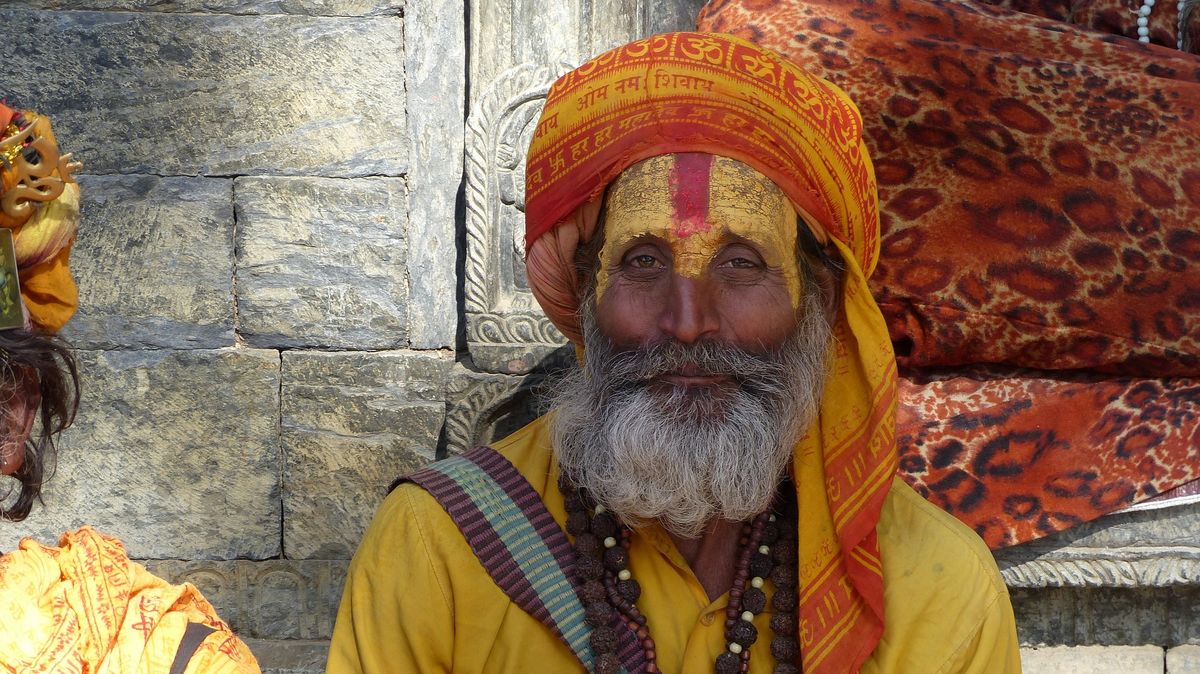Akharas of Sadhus and Sants in India

India, with its deep spiritual roots, is home to numerous akharas—traditional monastic orders of sadhus (ascetics) and sants (saints). These akharas have played a pivotal role in preserving and propagating Sanatana Dharma for centuries. Each akhara represents a unique blend of spirituality, discipline, and knowledge, offering a glimpse into India's profound cultural heritage.
In this article, we explore the history, significance, and structure of akharas and their role in modern India.
What are Akharas?
Akharas are spiritual institutions or congregations of ascetics who dedicate their lives to meditation, self-realization, and the protection of dharma (righteousness). The term "akhara" derives from the Sanskrit word akhada, meaning "wrestling ring," symbolizing the inner battle of the soul to overcome worldly desires and achieve enlightenment.
History of Akharas in India
The tradition of akharas dates back to ancient times, with references found in Vedic literature and Puranas. However, their organized form emerged during the medieval period under the leadership of Adi Shankaracharya, who established four mathas (monastic centers) and formalized the akhara system.
Key Historical Highlights:
- Adi Shankaracharya's Role: He united ascetics under structured akharas to protect Hinduism against external influences.
- Role in Defense: In medieval India, akharas trained ascetics in martial arts to defend temples and dharma from invaders.
- Modern Evolution: Over time, akharas evolved into centers of spiritual learning, attracting followers from around the world.
Classification of Akharas
There are 13 prominent akharas recognized in India, broadly categorized into three main sects: Shaiva (followers of Lord Shiva), Vaishnava (followers of Lord Vishnu), and Udasin (non-sectarian).
1. Shaiva Akharas
These akharas are devoted to Lord Shiva and emphasize renunciation, meditation, and self-discipline.
- Prominent Shaiva Akharas:
- Juna Akhara
- Mahanirvani Akhara
- Niranjani Akhara
2. Vaishnava Akharas
Dedicated to Lord Vishnu, these akharas focus on devotional practices and spreading the teachings of the Bhagavad Gita.
- Prominent Vaishnava Akharas:
- Nirvani Akhara
- Digambar Akhara
- Nirmohi Akhara
3. Udasin Akharas
These akharas are non-sectarian and emphasize universal values and inclusivity. They were established by Guru Shrichand, the elder son of Guru Nanak.
- Prominent Udasin Akharas:
- Bara Akhara
- Chhota Akhara
Life in an Akhara
Life in an akhara is disciplined and spiritually enriching. Sadhus undergo rigorous training in meditation, yoga, and scriptures. They follow a strict routine, which includes early morning prayers, Vedic chanting, and introspective practices.
Daily Activities:
- Meditation and Yoga: Enhance mental clarity and spiritual growth.
- Study of Scriptures: Deep dive into the Vedas, Upanishads, and other sacred texts.
- Rituals and Worship: Perform daily pujas to deities.
- Community Service: Engage in charitable activities like feeding the poor.
Role of Akharas in Indian Culture
1. Spiritual Guidance
Akharas serve as beacons of spiritual wisdom, guiding seekers on their path to enlightenment.
2. Cultural Preservation
They play a vital role in preserving ancient traditions, including rituals, language, and art forms.
3. Participation in Kumbh Mela
Akharas are an integral part of the Kumbh Mela, one of the largest spiritual gatherings globally. During the mela, sadhus from various akharas lead the shahi snan (royal bath), symbolizing the purification of the soul.
4. Martial Training
Some akharas, especially Shaiva ones, continue the tradition of martial arts, blending physical prowess with spiritual discipline.
Challenges Faced by Akharas
Despite their rich legacy, akharas face several challenges in the modern era:
- Urbanization: Encroachment on traditional akhara lands.
- Misrepresentation: Misunderstanding of their purpose in contemporary media.
- Decline in Membership: Fewer young people are joining akharas, leading to a generational gap.
Modern Relevance of Akharas
In the 21st century, akharas have adapted to changing times by embracing technology and engaging with global audiences. They are now leveraging social media platforms to spread their teachings and attract younger generations.
Akharas also collaborate with educational institutions to promote yoga and spirituality, bridging the gap between tradition and modernity.
Conclusion
The akharas of sadhus and sants in India are not just religious institutions but cultural treasures that embody the essence of Indian spirituality. They continue to inspire millions by upholding values of discipline, renunciation, and devotion.
As custodians of an ancient legacy, akharas remind us of the timeless wisdom of India’s spiritual heritage. By supporting and preserving these institutions, we contribute to the continuity of a rich cultural and spiritual tradition.





